Waking Up to a Cold Shower? Your Thermocouple Might Be the Culprit
Water heater thermocouple replacement is often the solution when your pilot light won't stay lit, leaving you with cold water. Here's what you need to know:
Quick Answer: Water Heater Thermocouple Replacement Steps
- Turn off gas supply and wait 5 minutes.
- Disconnect thermocouple from the gas control valve.
- Remove old thermocouple from the pilot assembly bracket.
- Install new thermocouple, ensuring the tip sits properly in the pilot flame.
- Reconnect all connections and test for gas leaks.
- Relight pilot following the manufacturer's instructions.
Time needed: 1 hour or less | Difficulty: Beginner
If your gas water heater's pilot light keeps going out, you're likely dealing with a failed thermocouple—a small but critical safety device. A thermocouple acts as a sensor for your water heater. When the pilot light is on, it heats the thermocouple tip, which sends a tiny electrical signal to the gas valve, indicating it's safe for gas to flow. If the pilot goes out, the thermocouple cools, stops the signal, and shuts off the gas supply to prevent dangerous leaks.
The good news is that replacing a thermocouple is a beginner-level DIY project that usually takes an hour or less with basic tools. This straightforward repair can get your hot water flowing again quickly and may help you avoid a service call.

Quick water heater thermocouple replacement definitions:
How to Know if Your Water Heater Thermocouple Needs Replacing
If you're trying to light your pilot light and it dies the moment you release the pilot button, you're likely dealing with a failing thermocouple. The pilot light that won't stay lit is the classic sign of a thermocouple that needs replacement. This safety device's job is to sense the pilot flame's heat and signal the gas valve that it's safe to operate. When it fails, it can no longer perform this function correctly.
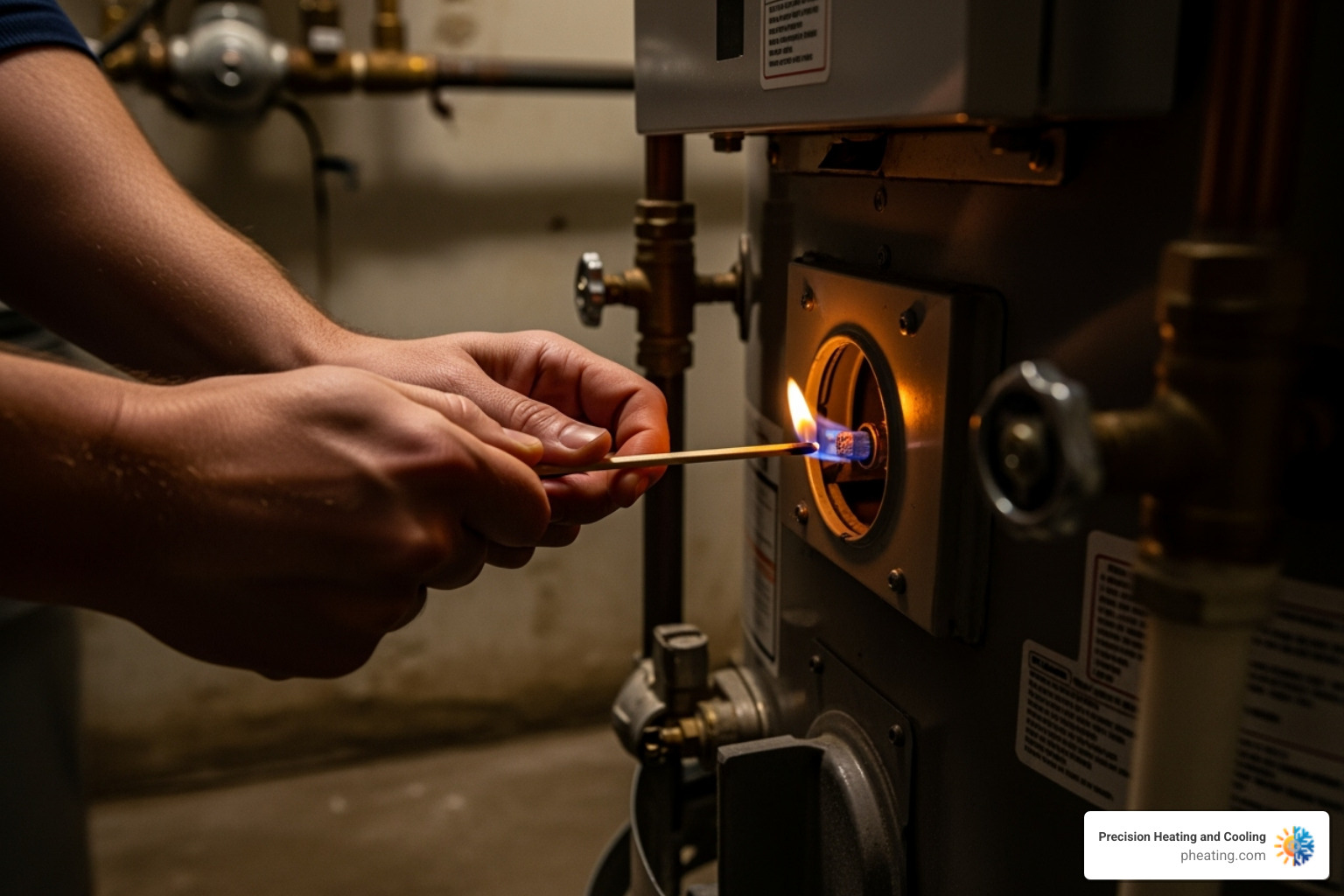
Beyond a stubborn pilot light, look at the flame itself. A healthy pilot flame should be a steady, bright blue and fully envelop the thermocouple tip. A weak, flickering, or yellow flame that barely touches the thermocouple is a red flag. You might also notice soot buildup or a clogged pilot tube, which can prevent the thermocouple from getting hot enough to work. For more guidance on these repairs, this guide to home maintenance offers helpful insights.
Key Signs of a Faulty Thermocouple
When a thermocouple fails, it sends clear signals. The most common is the pilot light extinguishing the moment you release the pilot button. The flame burns fine while the button is held down, but goes out immediately upon release.
This leads to the main symptom: no hot water. Without a pilot light, the main burner cannot ignite, leaving you with cold water.
Another sign is intermittent failure, where the pilot stays lit for hours or days before mysteriously going out. This indicates the thermocouple is unreliable and on its last legs.
Important: If you smell gas, stop everything immediately. A working thermocouple prevents gas leaks, so any gas odor indicates a serious problem. Evacuate the area and call your gas company or a professional. Do not attempt repairs if you smell gas.
For other water heater issues, check our guide on common water heater repair issues and solutions.
Is it the Thermocouple or Something Else?
Before starting a water heater thermocouple replacement, consider other potential issues.
- Clogged Pilot Tube: The pilot tube delivers gas for the flame. If it's clogged with debris, it can create a weak flame that doesn't properly heat the thermocouple. Try cleaning the tube with a thin wire or compressed air.
- Faulty Gas Control Valve: The thermocouple might be working, but the gas control valve isn't responding. This is harder to diagnose and often requires professional help.
- Debris in Burner Assembly: Dust and lint can build up in the burner compartment, interfering with airflow and combustion, affecting both the pilot and main burner.
- Drafts: A strong draft from a poorly sealed room can blow out a healthy pilot light, mimicking a thermocouple failure.
Investigating these possibilities can save time and ensure you're fixing the correct problem.
Your Step-by-Step Guide to Water Heater Thermocouple Replacement
Replacing a thermocouple is a straightforward project if you follow safety protocols and have the right tools. This guide will walk you through the process.
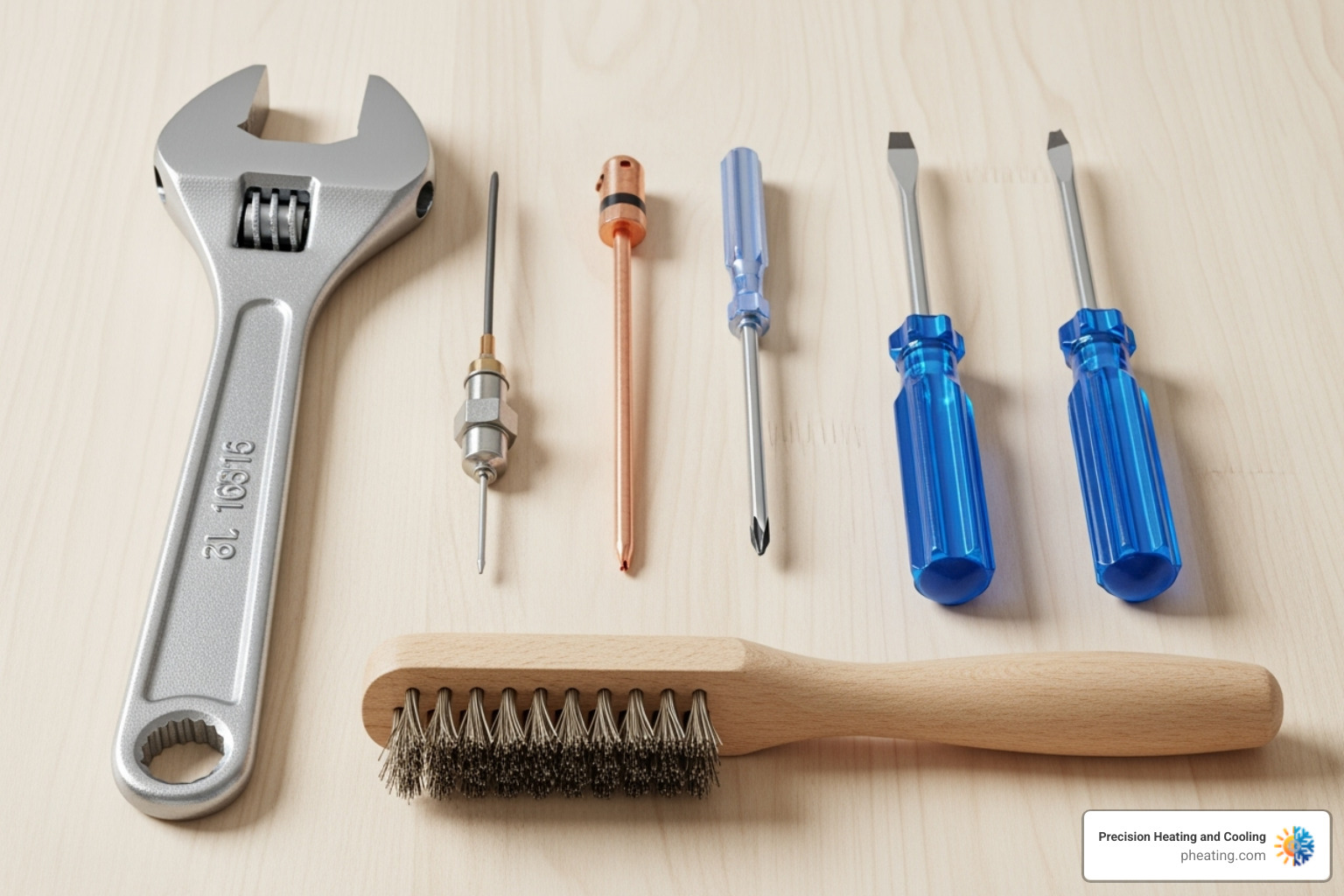
Tools and Materials Needed:
- New thermocouple (matching your old one)
- Adjustable wrench (or open-end wrenches)
- Screwdrivers (Phillips and flathead)
- Wire brush or fine-grit sandpaper (optional)
- Soapy water solution for leak testing
- Utility lighter or matches
- Flashlight
Step 1: Safety First and Gathering Your Supplies
Safety is paramount when working with gas appliances. Start by shutting off the gas supply to the water heater at the main shut-off valve. Also, turn the control knob on the gas control valve to the "OFF" position.
Wait at least five minutes for any residual gas to dissipate and for the unit to cool. Use this time to gather your tools and prepare your soapy water solution (a few drops of dish soap in water) for leak testing later.
Step 2: Choosing the Right Part for Your Water Heater Thermocouple Replacement
While many water heaters use universal thermocouples, it's crucial to get the right part. The most important factor is length, with 18-inch and 24-inch being common sizes. A thermocouple that is too short won't reach, while a slightly longer one can have the excess carefully coiled. Avoid sharp bends or kinks.
The best way to ensure a match is to take the old thermocouple with you to the hardware store. This allows you to compare its length, thread size, and any special fittings like push-fit adapters. For more detailed information about water heater components, you can explore our resources on water heaters.
Step 3: Removing the Old Thermocouple
First, access the burner assembly by removing the outer and inner access panels at the bottom of the water heater. Keep track of the screws for reassembly.
Inside, you will see the thermocouple, pilot gas line, and main burner gas line connected to the gas control valve. Use an adjustable wrench to disconnect these lines. Taking a photo beforehand can help with reassembly.
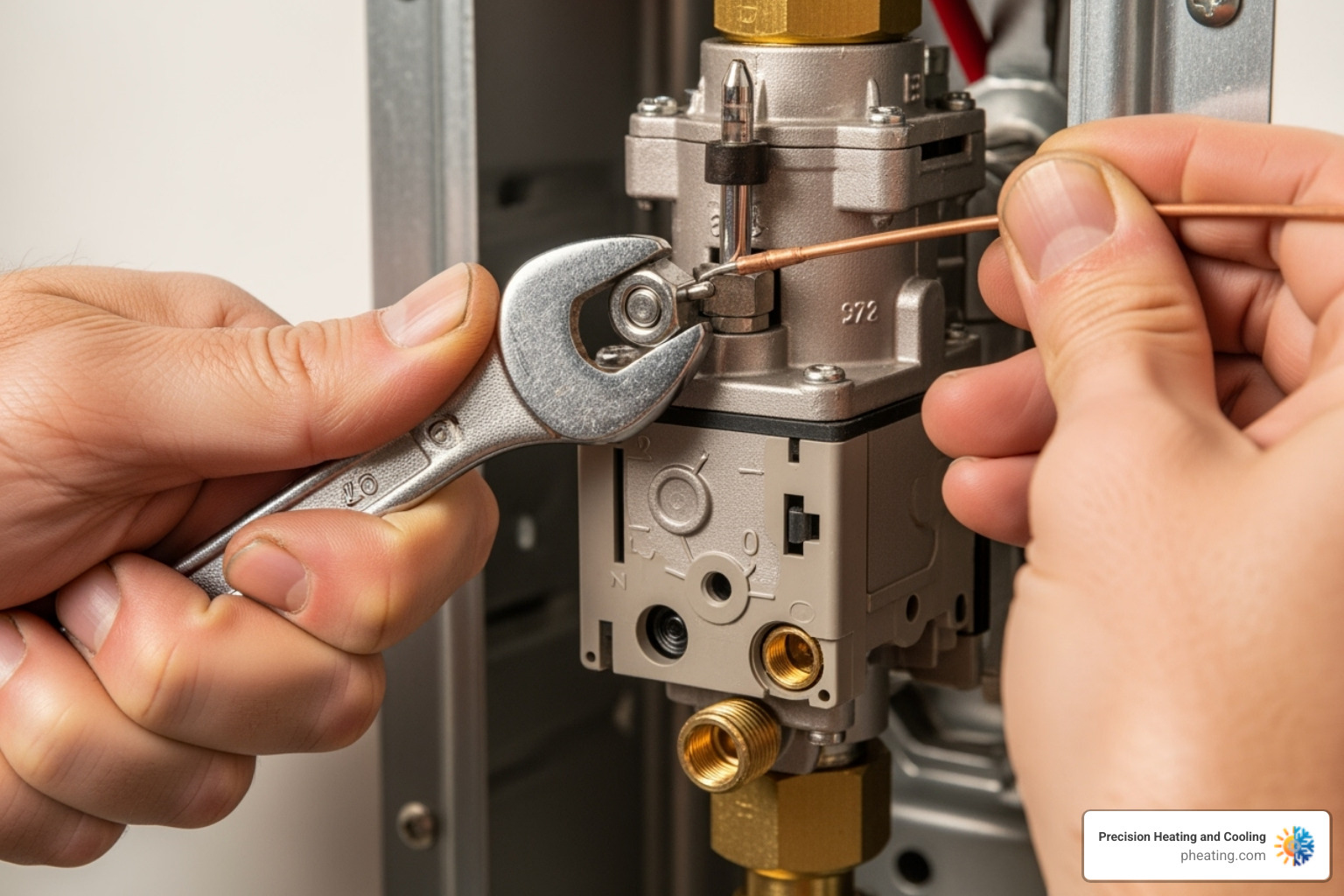
For easier access, remove the entire burner assembly from the chamber. It usually slides out after the gas lines are disconnected, though some models may have retaining screws. Once removed, you can clearly see the thermocouple tip held in a bracket near the pilot. Note its exact position, as the new one must be installed in the same spot.
Step 4: Installing the New Thermocouple and Reassembly
Installation is the reverse of removal, with attention to detail. Secure the new thermocouple tip into the pilot bracket on the burner assembly, ensuring it sits directly in the pilot flame's path. If the new part is longer, gently coil the excess length without creating sharp bends.
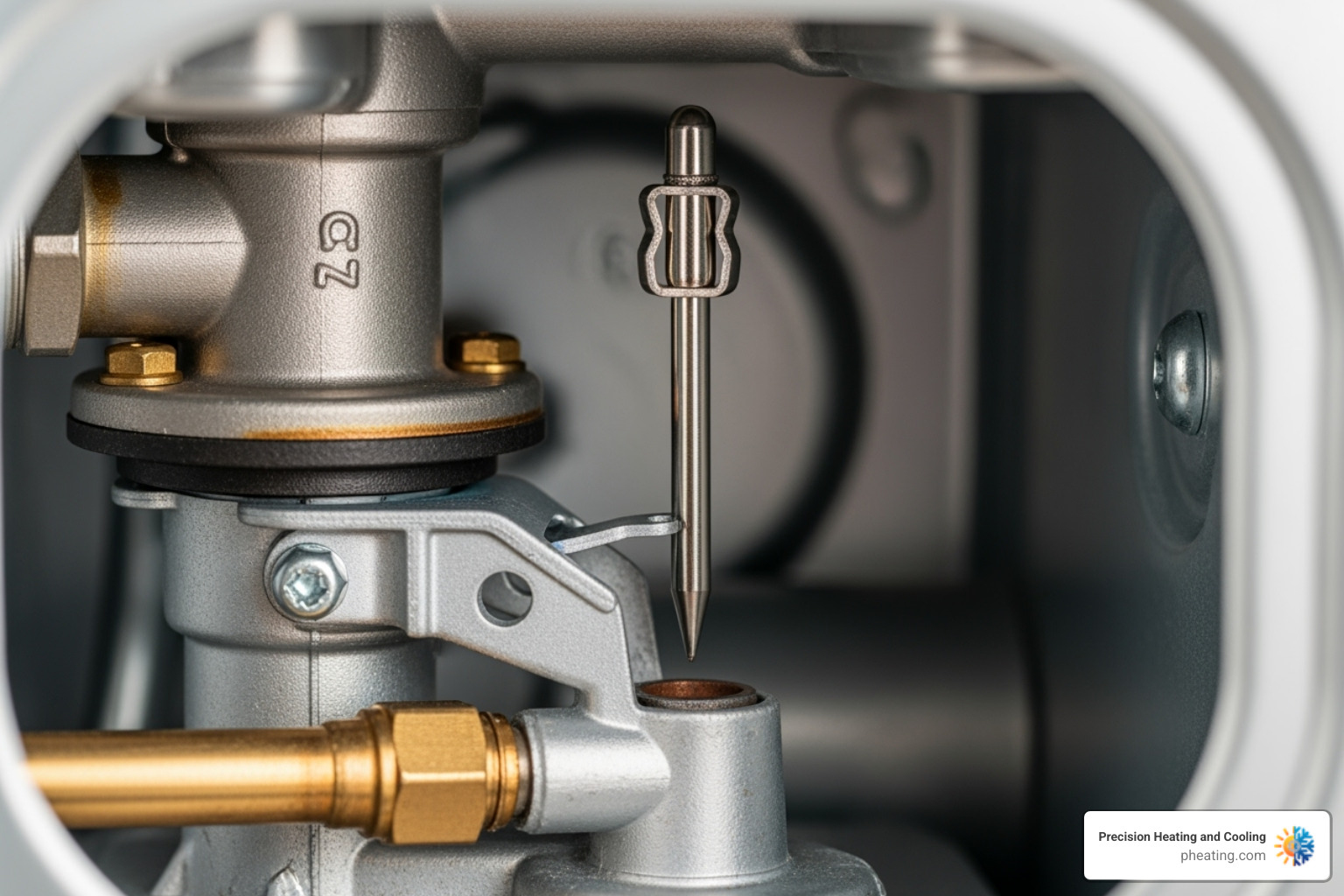
Slide the burner assembly back into the water heater and secure it. Reconnect the gas lines to the control valve. To prevent cross-threading, hand-tighten each connection first. Then, use your wrench to gently snug the connections. They should be secure but not over-tightened, as this can damage the threads.
Testing Your Work and Troubleshooting
After installation, you must test your water heater thermocouple replacement to ensure it works safely and correctly. This phase confirms that the new part is communicating with the gas control valve and all connections are secure.

How to Test the New Thermocouple
First, relight the pilot, following the specific instructions on your water heater's label. Typically, this involves turning the gas control knob to "PILOT," then pressing and holding the pilot button while lighting the flame.
Hold the pilot button down for 30 to 60 seconds to allow the new thermocouple to heat up and send its signal to the gas valve. Slowly release the button. If the pilot flame stays lit, the replacement was successful. If it goes out, repeat the process, as there may be air in the gas line.
Next, check for a stable flame. It should be a strong, steady blue flame that envelops the top of the thermocouple tip. Once the pilot is stable, turn the control knob to "ON." You should hear the main burner ignite if the thermostat is calling for heat.
Finally, perform a leak test with soapy water. Apply the solution to all gas connections you worked on. If you see growing bubbles, you have a gas leak. Immediately turn off the gas supply, re-tighten the connection, and test again.
Troubleshooting After a Water Heater Thermocouple Replacement
If the pilot light still won't stay lit after replacement, check these common issues:
- Loose Connections: Ensure the thermocouple and gas lines are securely tightened to the gas control valve.
- Improper Tip Placement: The thermocouple tip must be positioned directly in the hottest part of the pilot flame. Adjust its position in the bracket if needed.
- Clogged Pilot Orifice: The small opening for the pilot gas can become clogged. Gently clean it with a thin wire or compressed air (away from any flame).
- Air in the Gas Line: It may take several attempts to light the pilot to purge all the air from the system.
- Faulty Gas Control Valve: If all else fails, the issue may be the gas control valve itself. This problem typically requires professional diagnosis.
For complex issues beyond a simple thermocouple replacement, our team at Precision Heating and Cooling specializes in water heater repair and can diagnose problems that might stump even experienced DIYers.
When to Skip the DIY and Call a Professional
While many homeowners can successfully complete a water heater thermocouple replacement, there are situations where calling a professional is the safest and smartest choice.
- You smell gas. Stop immediately. Gas leaks are extremely dangerous. If it's safe to do so, turn off the main gas supply, evacuate your home, and call your gas company or a professional right away.
- You're uncomfortable working with gas lines. There is no shame in calling for help. Gas appliances require careful handling, and mistakes can lead to hazardous situations.
- The DIY fix fails. If you've replaced the thermocouple and the pilot light still won't stay lit, there's likely a deeper issue, such as a faulty gas control valve or a persistent clog.
- Multiple parts seem faulty. If you suspect problems with the thermocouple, gas valve, and other components, a professional can diagnose the entire system accurately.
- Your water heater is old. If your unit is over 10 years old, replacing one part may only be a temporary fix before another component fails. A professional can advise whether a repair or full replacement is more practical. Learn more about when it's time for water heater replacement.
- You see signs of leaks or corrosion. Water pooling, rust, or corrosion on the tank are signs of a failing unit that a new thermocouple cannot fix.
At Precision Heating and Cooling, we respect the DIY spirit but are always ready to step in when a job becomes too complex or hazardous. With two decades of experience in the San Jose Bay Area and Central Valley, our team can safely resolve any water heater issue, ensuring your home has reliable hot water.
Frequently Asked Questions about Water Heater Thermocouples
Here are answers to common questions about thermocouples to help you with your water heater thermocouple replacement project.
What does a water heater thermocouple do?
A thermocouple is a safety sensor. It detects the pilot light's heat and generates a small electrical current that keeps the gas control valve open. If the pilot light goes out, the thermocouple cools, the current stops, and the valve shuts off the gas supply, preventing a dangerous leak.
Can you clean a thermocouple instead of replacing it?
Yes, sometimes cleaning is effective. You can gently clean a thermocouple with a soft cloth or fine-grit sandpaper to remove soot or carbon buildup that may be blocking heat. However, cleaning is often a temporary fix. If the part is old, visibly damaged, or if cleaning doesn't solve the problem, replacement is the recommended solution.
How long does a water heater thermocouple last?
A thermocouple typically lasts up to 10 years. However, its lifespan can be shortened by factors like frequent cycling, high humidity, or debris in the burner chamber. If your water heater is over 10 years old and experiencing pilot light issues, a failing thermocouple is a common cause.
Restore Your Hot Water with Confidence
By completing a water heater thermocouple replacement, you've taken a key step toward restoring hot water to your home. This DIY project not only solves a common problem but also provides valuable insight into how your water heater operates safely.
Always remember the key safety points: shut off the gas supply before starting, allow time for gas to clear, and always perform a leak test on your connections. These steps are essential for a safe repair.
However, DIY isn't for everyone. If you encountered any issues like the smell of gas, felt uncomfortable with the process, or if the problem persists after your repair, it's time to call a professional. Sometimes, the issue is more complex than a single part, involving a faulty gas control valve or other system-wide problems, especially in older units.
For complex issues, persistent problems, or a full Water Heater Replacement in San Jose, CA, trust the experts at Precision Heating and Cooling. With over two decades of experience serving the San Jose Bay Area and Central Valley, we are here to ensure your home has safe and reliable hot water.

Flexible payment options to make your goals affordable and stress-free.

Is It Time? Your Guide to Furnace Replacement in San Jose
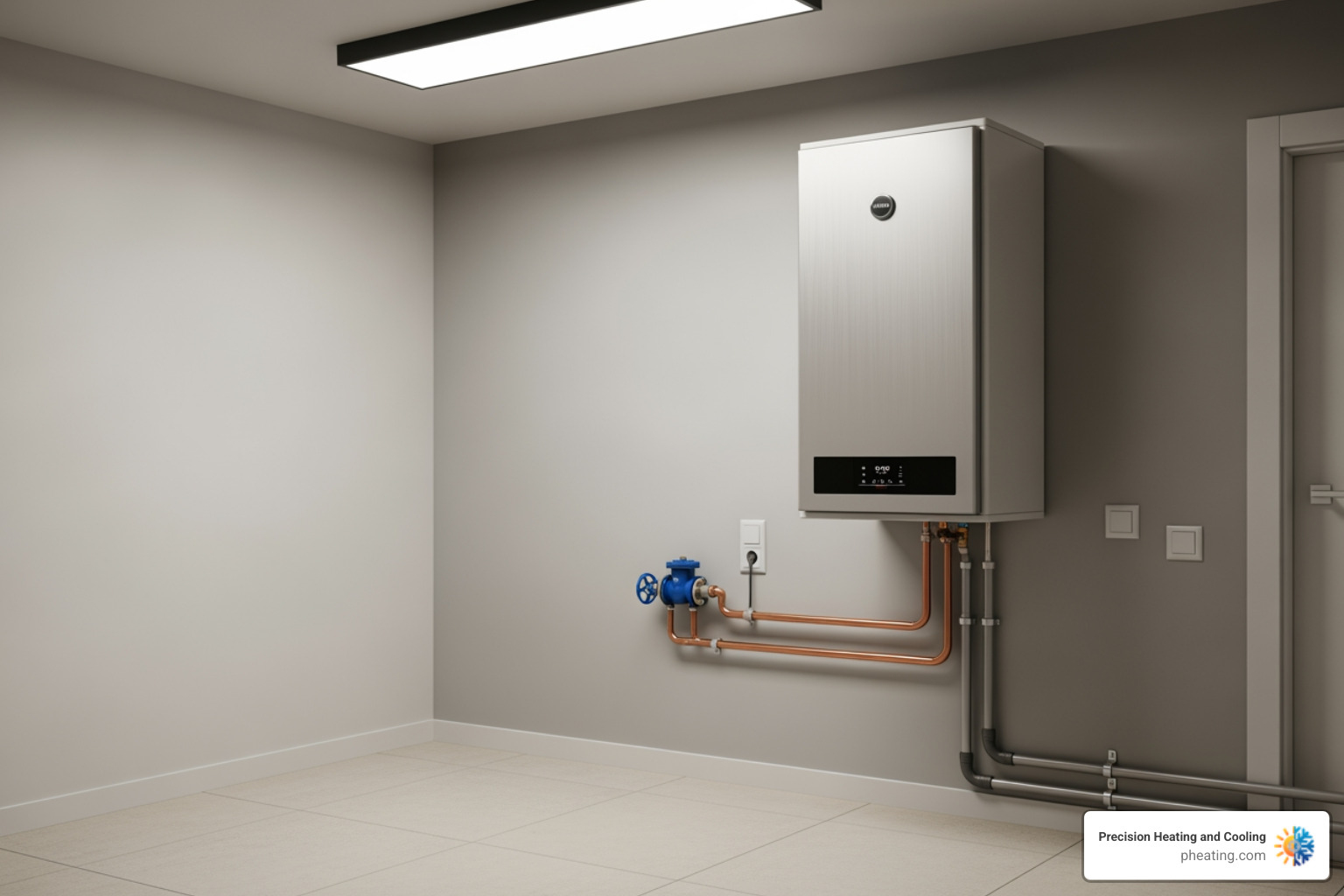
The Science of Warmth: A Deep Dive into Heat Pump Water Heater Operation
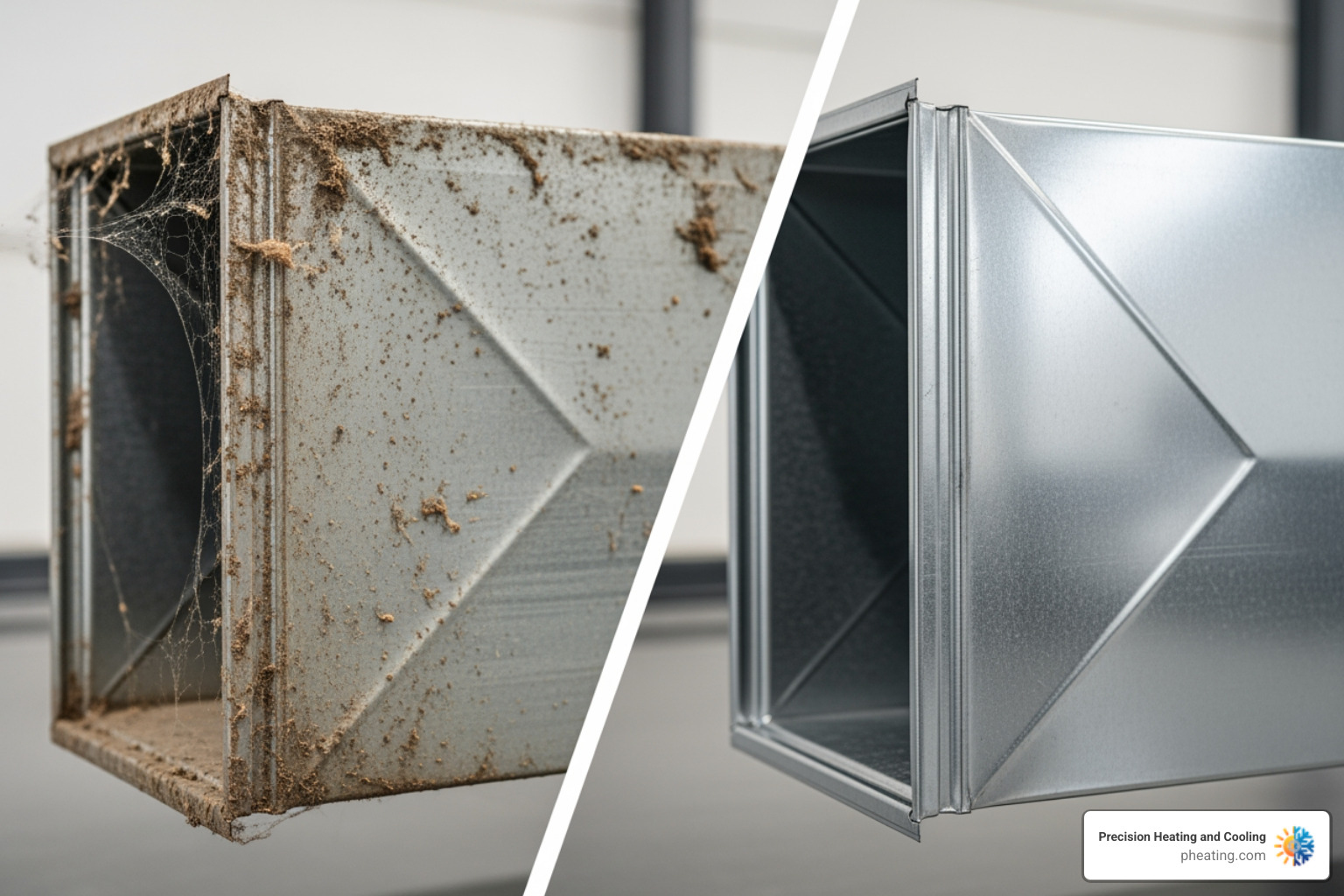












.avif)

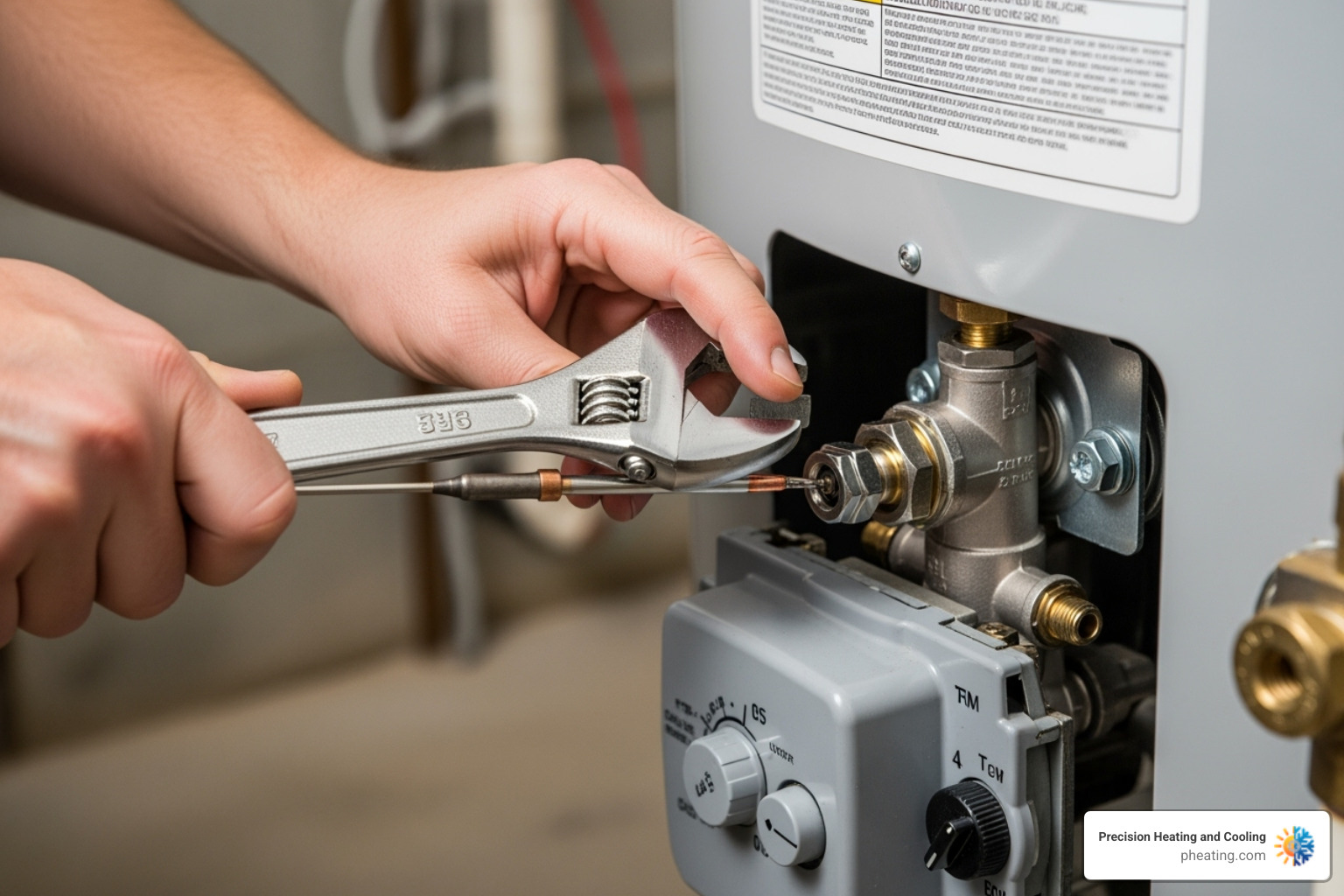








.avif)